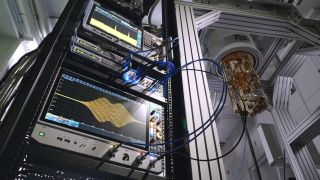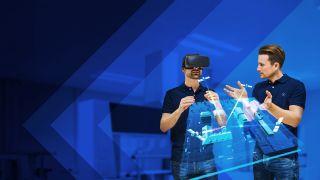Quantum technology 2.0: what can we expect?
Personalized medicine
Personalized medicine: Everyone is different, and so are our illnesses. Cancer cells, for example, differ from one person to the next and often change over time. These differences and changes are already well documented in analytical terms, which has created huge amounts of data. Big Data is the buzzword. But evaluating this data quickly and effectively, to develop personalized forms of treatment, is impossible for conventional computers.
Upgrading supply chains
Upgrading supply chains: Global flows of goods reach every corner of the Earth and everything is now just a click away: a new tablet for home use or giveaways for a company party. But behind the scenes lies a complex logistics network of manufacturers, service providers, suppliers, merchants, shipping companies, courier services, and much more. The slightest backlog at a container port or change in the price of purchased items means alternatives must be found – preferably in real time. But the complexity of this task is also beyond what conventional computers can handle.
Quantum physics in secure communications
Quantum physics in secure communications: Whether personal or professional, beach holiday snapshots or development proposals for new products, our data and data transmission need to be protected. Companies today consistently name cyberattacks and the resulting consequences as the top risk to their business. Developments in quantum computing are revealing the limits of conventional encryption technologies. Innovations in quantum communications are the key to the future, as they enable reliable detection of unauthorized access. This means you can create a genuine high-security channel for sensitive data.













